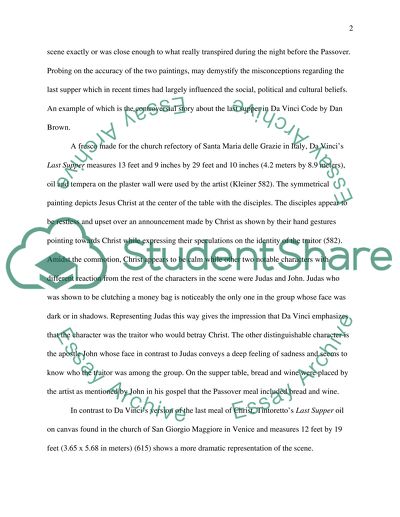Cite this document
(“The Last Supper Research Paper Example | Topics and Well Written Essays - 1250 words”, n.d.)
Retrieved from https://studentshare.org/visual-arts-film-studies/1436532-the-last-supper
Retrieved from https://studentshare.org/visual-arts-film-studies/1436532-the-last-supper
(The Last Supper Research Paper Example | Topics and Well Written Essays - 1250 Words)
https://studentshare.org/visual-arts-film-studies/1436532-the-last-supper.
https://studentshare.org/visual-arts-film-studies/1436532-the-last-supper.
“The Last Supper Research Paper Example | Topics and Well Written Essays - 1250 Words”, n.d. https://studentshare.org/visual-arts-film-studies/1436532-the-last-supper.


